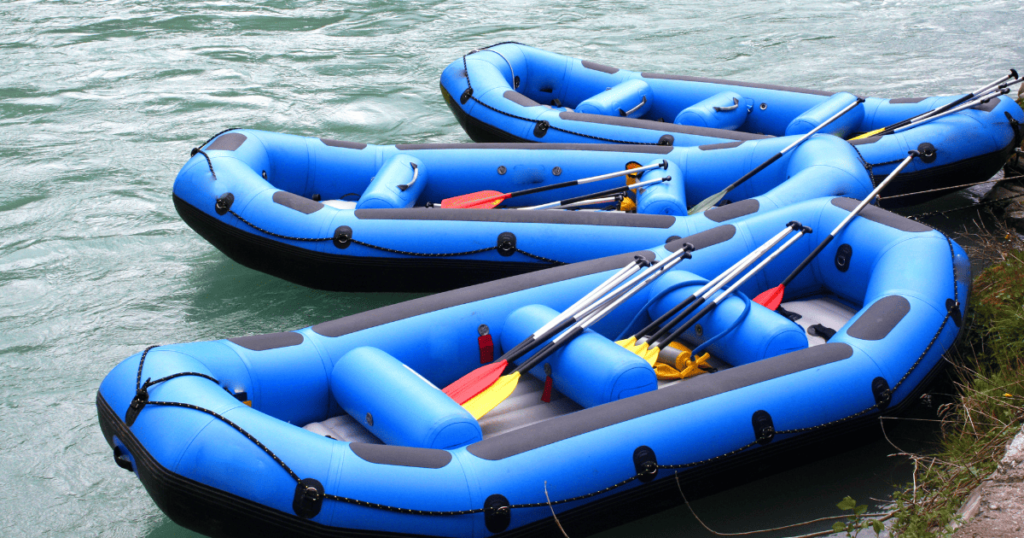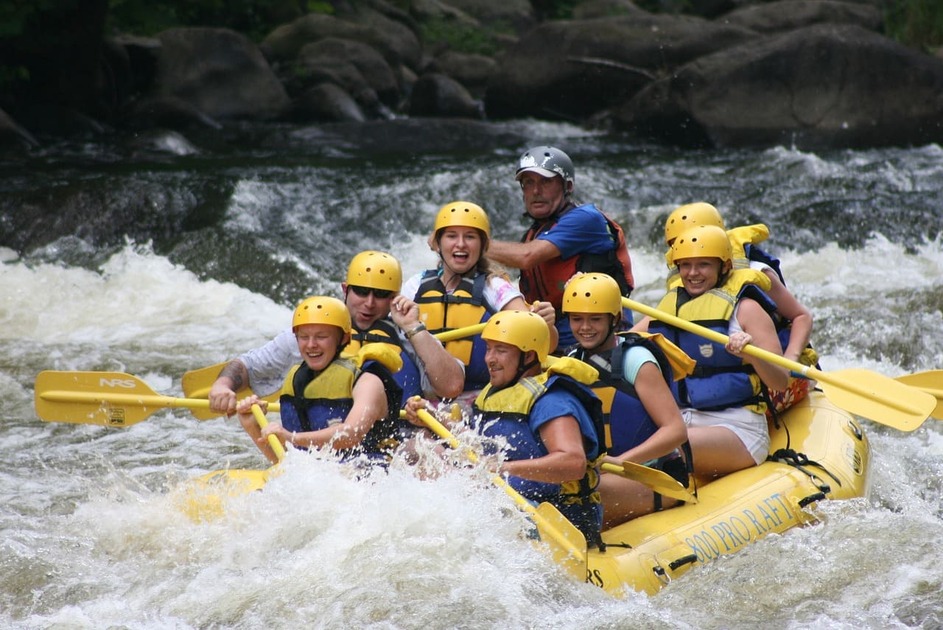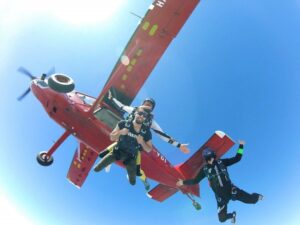White-water rafting is one of the most thrilling adventure sports, offering an adrenaline rush like no other. But with raging rapids, unpredictable currents, and the power of the river, safety should always be a priority. Whether you’re a first-time rafter or an experienced adventurer, knowing how to stay safe on the water is key to an unforgettable and incident-free trip.
This guide will cover essential safety tips, from understanding rapid classifications to what gear to wear and how to handle emergencies. By the end, you’ll be fully prepared to tackle the rapids with confidence while ensuring a safe and exciting adventure.
1. Know Your Rapids: Understanding the Classification System

White-water rapids are classified based on their difficulty level, ranging from Class I (Easy) to Class V (Extreme). Choosing the right level ensures you’re not taking on more than you can handle.
Rapid Classifications:
- Class I & II: Small waves, little to no obstacles (perfect for beginners).
- Class III: Moderate waves with narrow passages (ideal for intermediate rafters).
- Class IV: Large waves, fast-moving currents, and technical maneuvers (for experienced paddlers).
- Class V: Intense rapids with large drops and obstacles (expert-level only).
Safety Tip: If you’re a first-time rafter, stick to Class I-III rapids until you gain experience and confidence on the water.
🔗 Book Your White-Water Rafting Experience:
🌊 Viator – White-Water Rafting Tours
🌊 GetYourGuide – Best Rafting Trips
2. Always Wear the Right Safety Gear

Proper gear is your first line of defense in white-water rafting. Make sure you’re properly equipped before stepping into the raft.
Essential White-Water Rafting Gear:
- Helmet: Protects your head from rocks and falls. mandatory for Class III and above.
- Personal Flotation Device (PFD): A properly fitted life jacket keeps you afloat in case of a fall.
- Quick-Dry Clothing: Avoid cotton—opt for neoprene, synthetic, or moisture-wicking layers to stay warm.
- River Shoes or Secure Sandals: Protects your feet and offers grip on wet surfaces.
- Wetsuit or Drysuit (Cold Water Rafting): Essential for rafting in colder conditions to prevent hypothermia.
- Dry Bag: Keeps your valuables, extra clothes, and snacks dry while on the water.
- Action Camera (GoPro or Insta360): Capture your rafting adventure with a waterproof action camera mounted to your helmet or chest.
Safety Tip: Always check your gear before launching. a loose PFD or helmet can be dangerous in fast-moving water.
3. Learn the Key Safety Commands

Communication is crucial when rafting. Your guide will use safety commands to coordinate the team and navigate obstacles. Knowing these before hitting the rapids ensures a smooth ride.
Common Rafting Commands:
- “Forward Paddle” – Paddle forward in sync.
- “Back Paddle” – Paddle backward to slow down or reposition.
- “Hold On” – Grip the raft’s safety lines in rough sections.
- “Lean In” – Helps shift weight and stabilize the raft.
- “High Side!” – Move quickly to the high side of the raft to prevent capsizing.
Safety Tip: Practice these commands on dry land first to ensure your team can react quickly in fast-moving water.
For official rafting safety guidelines and international regulations, visit the International Rafting Federation.
4. What to Do If You Fall Out of the Raft

Even experienced rafters fall into the water sometimes. Knowing what to do can make the difference between a quick rescue and a dangerous situation.
Stay Calm & Follow These Steps:
- Float on Your Back: Keep your feet facing downstream to avoid hitting rocks head-first.
- Look for the Raft: If close, swim back using powerful strokes.
- Use the Rescue Rope: Guides will throw a rescue rope, grab it, and hold it tight.
- Never Stand Up in the River: This can lead to foot entrapment, a serious hazard.
Safety Tip: Always listen to your guide’s instructions in case of an emergency.
5. Choose a Reputable Rafting Tour Operator

A well-trained guide and a reliable company make all the difference in ensuring a safe and enjoyable trip.
What to Look for in a Rafting Tour Operator:
- Certified Guides: Ensure they have Swiftwater Rescue and First Aid certifications.
- Safety Briefing: A good operator explains risks, safety commands, and gear usage before launching.
- Quality Equipment: Well-maintained rafts, helmets, and PFDs are essential for safety.
- Customer Reviews: Check ratings on Viator & GetYourGuide to ensure top-tier safety standards.
Final Thoughts
White-water rafting is an unforgettable adventure, but safety should always come first. By choosing the right rapids, gear, and guides, you can enjoy the thrill while staying protected. Whether you’re navigating Class II waves as a beginner or tackling extreme Class V rapids, following these essential safety tips ensures a smooth, exciting, and safe ride.
Ready to hit the rapids? Book your rafting trip today and experience the adventure of a lifetime!
🔗 Book Your White-Water Rafting Experience:
🌊 Viator – White-Water Rafting Tours
🌊 GetYourGuide – Best Rafting Trips



